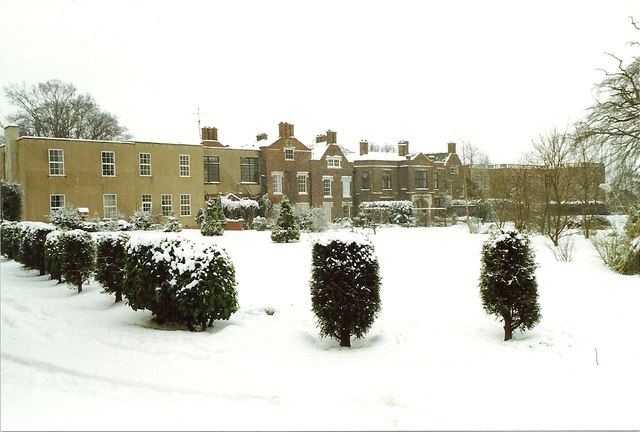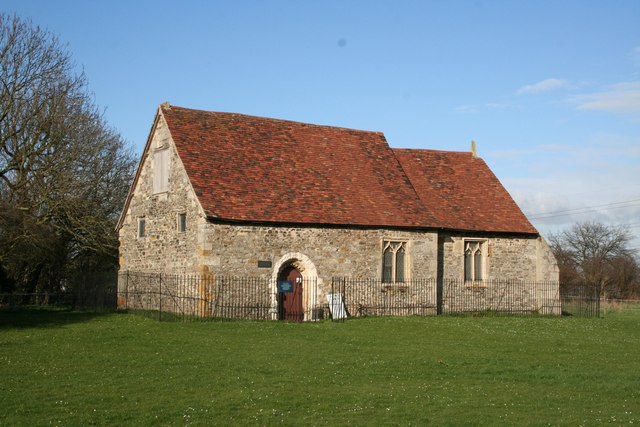Elston on:
[Wikipedia]
[Google]
[Amazon]
Elston is a village and
 Elston Hall was "the home of the Darwin family from 1680 until just after the
Elston Hall was "the home of the Darwin family from 1680 until just after the
 Once a
Once a
The Elston Heritage ProjectBritish History Online: Parishes – Elston
{{authority control Villages in Nottinghamshire Newark and Sherwood
civil parish
In England, a civil parish is a type of administrative parish used for local government. It is a territorial designation which is the lowest tier of local government below districts and counties, or their combined form, the unitary authorit ...
in Nottinghamshire, England, to the south-west of Newark, and a mile from the A46 Fosse Way. The population of the civil parish taken at the 2011 Census was 631. It lies between the rivers Trent and Devon
Devon ( , historically known as Devonshire , ) is a ceremonial and non-metropolitan county in South West England. The most populous settlement in Devon is the city of Plymouth, followed by Devon's county town, the city of Exeter. Devo ...
, with the village "set amongst trees and farmland less than a mile from the A46.... Newark is five miles to the north, with... Lincoln
Lincoln most commonly refers to:
* Abraham Lincoln (1809–1865), the sixteenth president of the United States
* Lincoln, England, cathedral city and county town of Lincolnshire, England
* Lincoln, Nebraska, the capital of Nebraska, U.S.
* Lincol ...
and Nottingham
Nottingham ( , locally ) is a city and unitary authority area in Nottinghamshire, East Midlands, England. It is located north-west of London, south-east of Sheffield and north-east of Birmingham. Nottingham has links to the legend of Robi ...
some 18 miles north and south-west respectively."Elston Parish CouncilDarwins
According to Cornelius Brown's 1896 ''History of Nottinghamshire'', the village lies"very snugly and prettily ensconced in the midst of a pleasing landscape of North England. Nearly opposite each other are the Hall and vicarage, both occupying delightful situations, and built in elegant and stately style. All Saints' Church, Elston has been handsomely restored, and is singularly rich in its memorials of the Darwins. This eminent family appear to have come to Elston fromElston "currently has about 650 residents in 280 households. A number of new homes have been built within the last twenty years on once open spaces and there continues to be infill development on some of the large gardens."Lincolnshire Lincolnshire (abbreviated Lincs.) is a Counties of England, county in the East Midlands of England, with a long coastline on the North Sea to the east. It borders Norfolk to the south-east, Cambridgeshire to the south, Rutland to the south-we ...towards the close of the seventeenth century, the manor being brought into the possession of William Darwin through his marriage with the heiress of Robert Waring of Wilford. William had two sons, and Elston was left to Robert, the younger, in whom the taste for scientific research began to develop."
History
Elston was "founded by theAngles
The Angles ( ang, Ængle, ; la, Angli) were one of the main Germanic peoples who settled in Great Britain in the post-Roman period. They founded several kingdoms of the Heptarchy in Anglo-Saxon England. Their name is the root of the name ...
in the 5th century. Its square shape is typically Anglo Saxon. The name derives from a leader named Elva and appears in the Domesday book
Domesday Book () – the Middle English spelling of "Doomsday Book" – is a manuscript record of the "Great Survey" of much of England and parts of Wales completed in 1086 by order of King William I, known as William the Conqueror. The manus ...
as Elvastun. Historic old buildings in and adjacent to the parish include Elston Hall, All Saints Church, the Old Chapel of Ease on the site of a mediaeval leper hospital, the Methodist
Methodism, also called the Methodist movement, is a group of historically related denominations of Protestant Christianity whose origins, doctrine and practice derive from the life and teachings of John Wesley. George Whitefield and John's ...
Chapel, and Elston Towers, the Victorian mansion of preacher Robert Middleton
Robert Middleton (born Samuel G. Messer, May 13, 1911 – June 14, 1977) was an American film and television actor known for his large size, beetle-like brows, and a deep, booming voice (for which he was known as "Big Bob Middleton"), usually ...
, now refurbished as a day spa and renamed Eden Hall."
Elston Hall
 Elston Hall was "the home of the Darwin family from 1680 until just after the
Elston Hall was "the home of the Darwin family from 1680 until just after the Second World War
World War II or the Second World War, often abbreviated as WWII or WW2, was a world war that lasted from 1939 to 1945. It involved the vast majority of the world's countries—including all of the great powers—forming two opposi ...
, when the estate was sold. Its premier resident was the savant Erasmus Darwin, grandfather of Charles Darwin
Charles Robert Darwin ( ; 12 February 1809 – 19 April 1882) was an English naturalist, geologist, and biologist, widely known for his contributions to evolutionary biology. His proposition that all species of life have descended ...
. Erasmus founded the Lunar Society
The Lunar Society of Birmingham was a British dinner club and informal learned society of prominent figures in the Midlands Enlightenment, including industrialists, natural philosophers and intellectuals, who met regularly between 1765 and 1813 ...
, which included Josiah Wedgwood
Josiah Wedgwood (12 July 1730 – 3 January 1795) was an English potter, entrepreneur and abolitionist. Founding the Wedgwood company in 1759, he developed improved pottery bodies by systematic experimentation, and was the leader in the indus ...
, Matthew Boulton
Matthew Boulton (; 3 September 172817 August 1809) was an English manufacturer and business partner of Scottish engineer James Watt. In the final quarter of the 18th century, the partnership installed hundreds of Boulton & Watt steam engin ...
, James Watt, Joseph Priestley
Joseph Priestley (; 24 March 1733 – 6 February 1804) was an English chemist, natural philosopher, separatist theologian, grammarian, multi-subject educator, and liberal political theorist. He published over 150 works, and conducted exp ...
and Benjamin Franklin
Benjamin Franklin ( April 17, 1790) was an American polymath who was active as a writer, scientist, inventor, statesman, diplomat, printer, publisher, and political philosopher. Encyclopædia Britannica, Wood, 2021 Among the leading inte ...
."
The present house was begun in 1756, then extended in 1837 and again later that century and in the 1950s. Originally H-shaped, it is now a linear sequence of two-storey ranges, the earliest being the central range built in blue lias
The Blue Lias is a geological formation in southern, eastern and western England and parts of South Wales, part of the Lias Group. The Blue Lias consists of a sequence of limestone and shale layers, laid down in latest Triassic and early Jurassi ...
stone. Grade II listed in 1952, the buildings are now divided into ten residences.
Elston Chapel
 Once a
Once a parish church
A parish church (or parochial church) in Christianity is the church which acts as the religious centre of a parish. In many parts of the world, especially in rural areas, the parish church may play a significant role in community activities, ...
, this was declared redundant in 1976, and under the care of the Churches Conservation Trust
The Churches Conservation Trust is a registered charity whose purpose is to protect historic churches at risk in England. The charity cares for over 350 churches of architectural, cultural and historic significance, which have been transferred in ...
. It is a Grade I listed building containing a fine Norman south doorway with zigzag decoration.
Inside are layers of wall paintings. It is thought it may have been the chapel of a medieval leper
Leprosy, also known as Hansen's disease (HD), is a long-term infection by the bacteria ''Mycobacterium leprae'' or ''Mycobacterium lepromatosis''. Infection can lead to damage of the nerves, respiratory tract, skin, and eyes. This nerve damag ...
hospital dedicated to St Leonard.
Elston Mill
Maps show windmills on the north side of Elston Lane () and south side of Mill Lane (). The latter was a tower mill built about 1844, the tower being bottle-shaped, with an increase in batter at the 3rd floor. Some renovation was done by Gash in 1919 and a new sail fitted by Wakes and Lamb of Newark for £74 in 1920. However, it was demolished in about 1940.References
External links
The Elston Heritage Project
{{authority control Villages in Nottinghamshire Newark and Sherwood